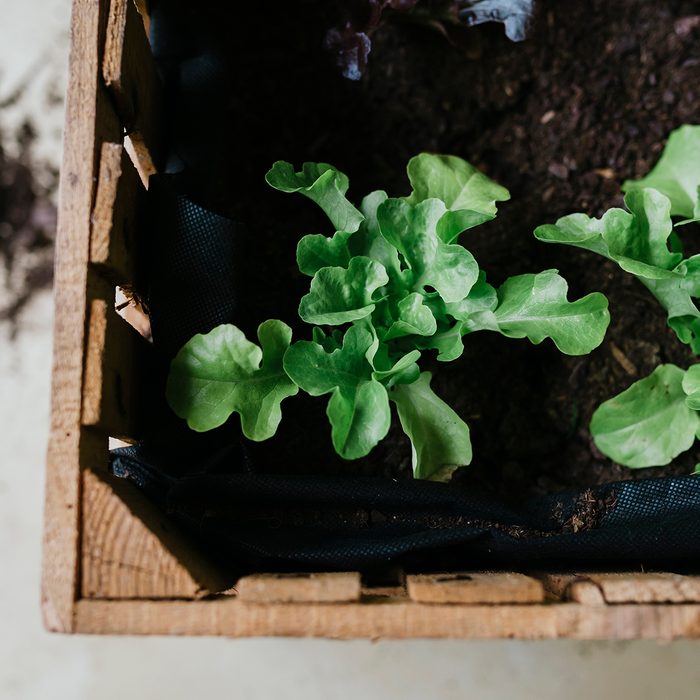
You’ve burned through all the Netflix shows, organized all your closets and baked so much banana bread everyone’s sick of it. Why not transfer all that restless energy into creating a bountiful veggie garden? Imagine how convenient it would be to peruse your own garden to “shop” for tonight’s dinner. And before you talk yourself out of it, you don’t have to have a green thumb. Even if the only thing you’ve ever planted was a cosmos in a styrofoam cup for your mom on Mother’s day—you can do this. Simply follow the instructions from the seed packets for your region and use these tips from Master Gardeners, and you’ll have a basket full of fresh, tasty veggies in no time! (Perfect for these garden-ready recipes)!
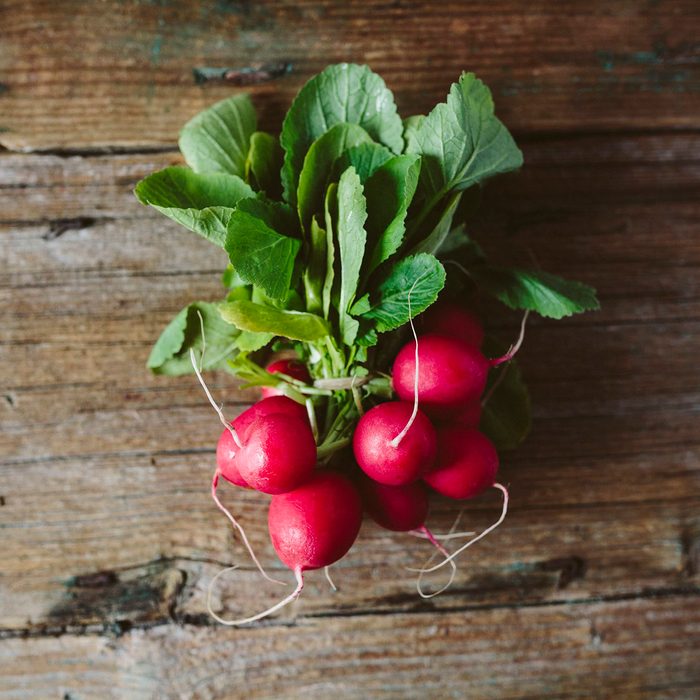
Radishes
Kids might not like the peppery taste of this root vegetable, but they’ll love seeing radishes sprout up in just three to four days. Parents love that they’re around one calorie per radish, and packed with flavonoids for a healthy heart. To have a handy supply all season long, plant more seeds about every ten days.
Pro tip: “Make sure you thin your seedlings to three inches apart for best results,” says Kirsten Conrad, Virginia Cooperative Extension Agriculture Cooperative Extension Agent in Arlington County and the City of Alexandria.
Harvest time: Three weeks
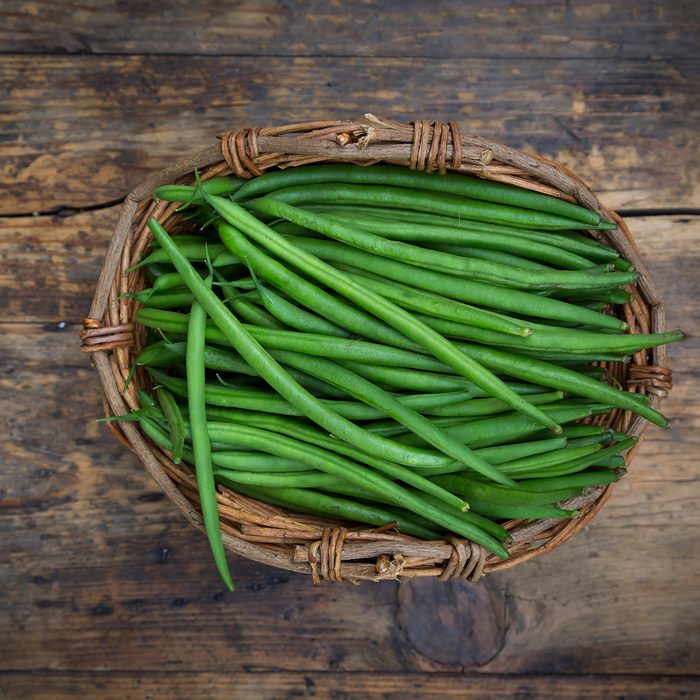
Green Beans
Garden fresh green beans are a favorite staple in gardens because they’re tasty and versatile. They’re great for eating fresh or for canning and freezing. Green beans come in two varieties—pole and bush. Pole beans are climbers and require staking or a trellis. Bush beans are compact and don’t need extra support.
Pro tip: “Plant every two weeks for continual harvest all summer long. For maximum yield, plant pole bean varieties instead of bush beans,” Conrad suggests.
Harvest time: 55 to 65 days.
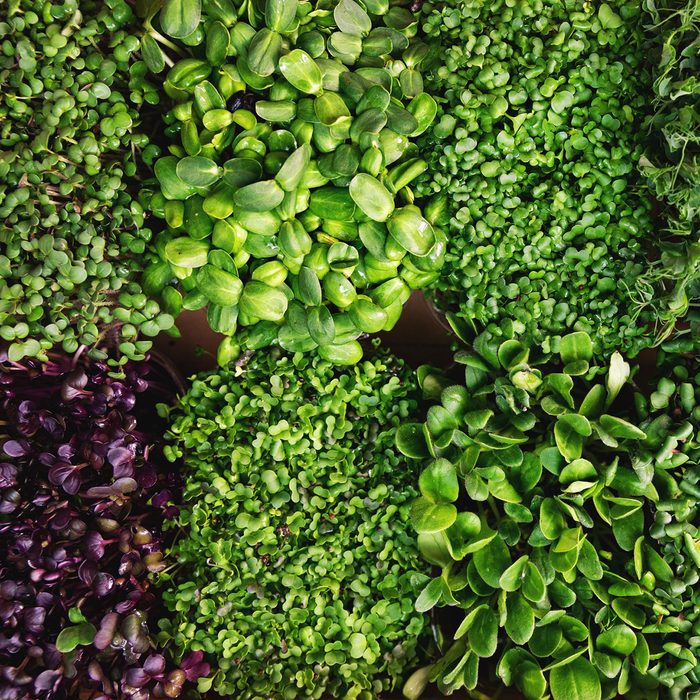
Microgreens
If veggies could be labeled as tiny and adorable, microgreens would happily wear that name tag. Microgreens are basically, baby plants that you can grow, pick, and eat—all in your kitchen. Even though they’re small, they’re big on flavor and ideal for salads, stir-fries and sandwiches. All you need is microgreen seeds, a growing tray and some growing medium.
Pro tip: Presoak seeds overnight and place them very closely on trays to germinate. Allow them to grow to nearly three to four inches tall before eating, Conrad advises.
Harvest time: Two to three weeks.
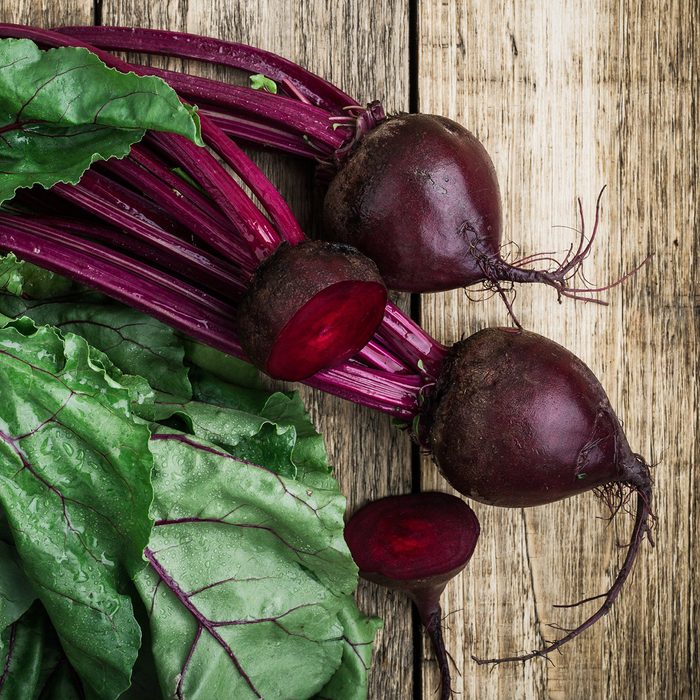
Beets
If you haven’t tasted beets, you’re missing out on a versatile and tasty veggie. (Here’s how to cook them). They’re naturally sweet when roasted and delightfully sour and salty and when pickled. What’s great about growing beets is you can harvest them when they’re younger or wait till they’re bigger.
Pro tip: “Beet seeds, which look like tiny meteorites, are actually little fruits that contain one to four seeds. A packet of seed-fruits goes further than you think,” says Owen.
Harvest time: Four to five weeks
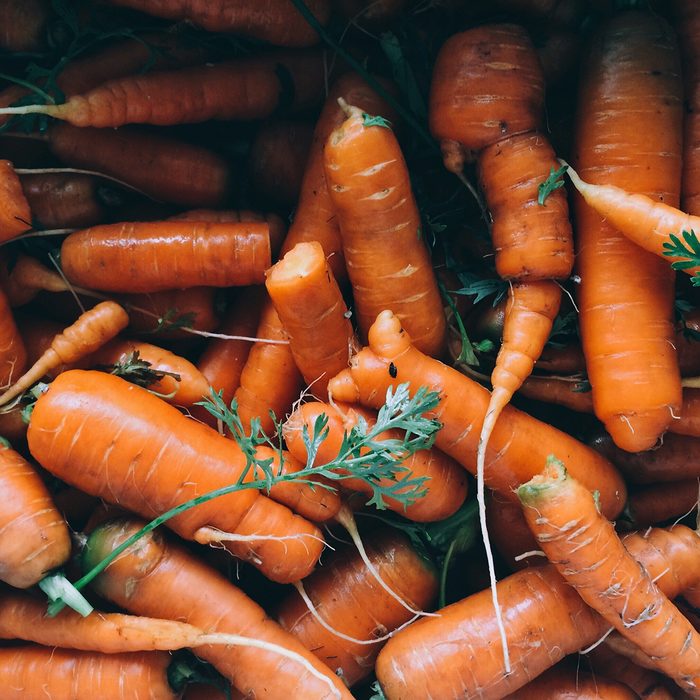
Baby Carrots
We know them as baby carrots—the sweeter and more tender version of full-size carrots. They’re “official” name is Nantes— named for the region in France where they were originally grown. Look for “Nante” or “finger-size” on seed packet labels to ensure you’re getting smaller carrots. Then, use them in these flavorful recipes.
Pro tip: “Carrot seeds are tiny and hard to see. For hassle-free sowing, mix carrot seeds in some sand. Fill a Kraft parmesan cheese container with the mixture and shake out rows of carrot. Use the same parmesan cheese container to cover seeds with soil. Fill with sifted compost or peat moss and sprinkle a light layer over seeds,” says Marion Owen, Master Gardener in Kodiak Island, Alaska.
Harvest time: 30 to 40 days
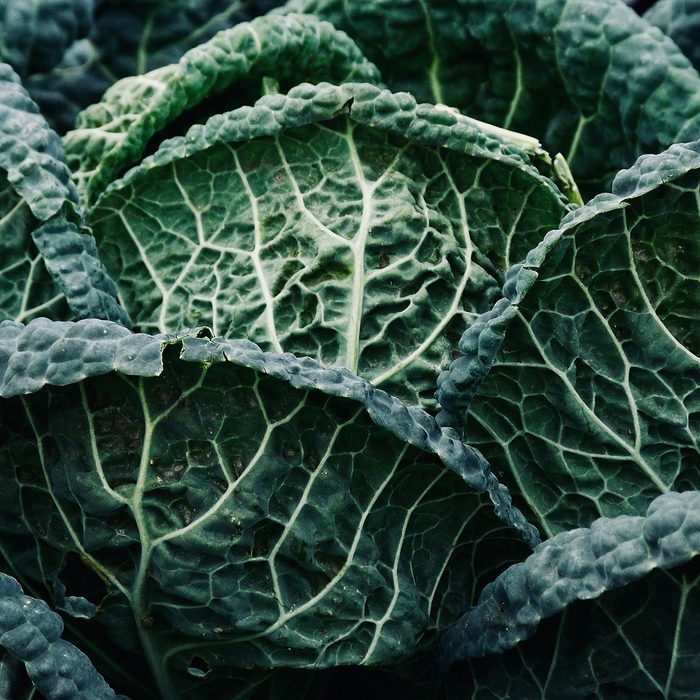
Kale
Don’t pass up on growing this veggie. Kale is a superfood full of antioxidants and vitamins A, K, B6 and C. Plus, it tastes delicious in these kale salad recipes.
Pro tip: “For a quick crop of kale greens, sow seeds directly outside in a “swath” or scatter thickly, as if feeding chickens. Harvest as gourmet greens, trimming plants when 2 to 3 inches tall. To prevent kale from becoming strong, bitter, or tough, keep it well-watered, especially in warmer climates,” advises Owen.
Harvest time: 55 to 75 days (or when the leaf is as big as your hand)
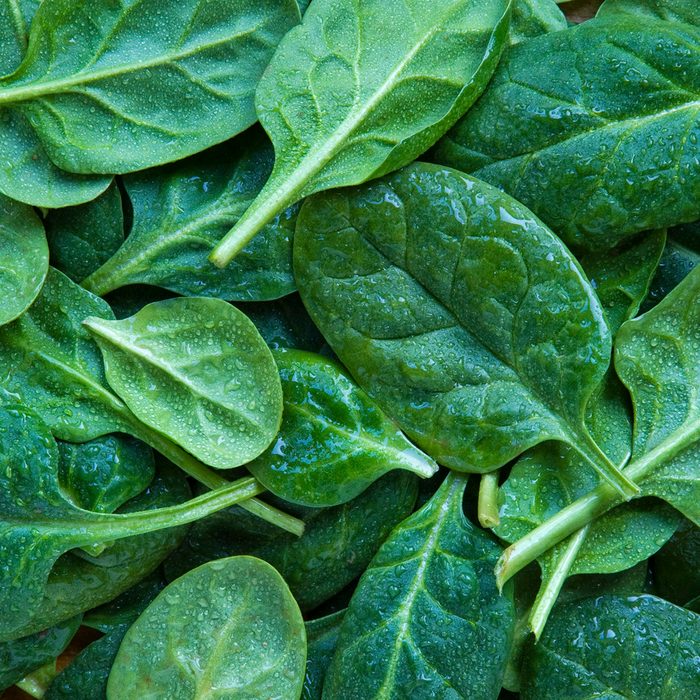
Spinach
It’s so easy to sneak good-for-you spinach into just about any food—it wilts when it’s heated, so spinach haters will never know it’s there. Even better, Owen says you do not need to wait until the danger of frost is over, to plant the seeds. “Spinach adores cool weather.”
Pro tip: Spinach is a heavy feeder, meaning it requires more nutrients than some other veggies. Skip the chemical fertilizer. “Feed the soil, not the plants. Create a fertile soil for spinach and all veggies with homemade or bagged compost,” Owens says.
Harvest time: 40 days
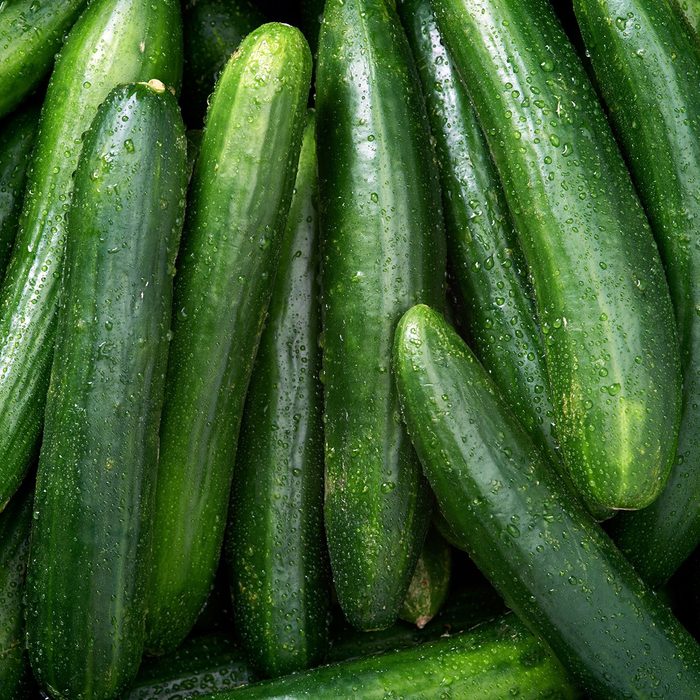
Cucumbers
Enjoy your first crunchy cucumber quicker by planting cucumber seeds indoors. Cucumber seeds should not be clumped together as it’s too difficult to separate the seedlings later without snapping roots, Owen says. Have you ever tried milking a cucumber?
Pro tip: Each time you transplant cucumbers, either to the next sized pot or into the garden, the best way to prevent transplant shock is to let the cucumber plant become a little pot-bound. Doing this, you ensure that the roots carry with it, a lot of soil to its next home, Owen says.
Harvest time: 40 to 50 days
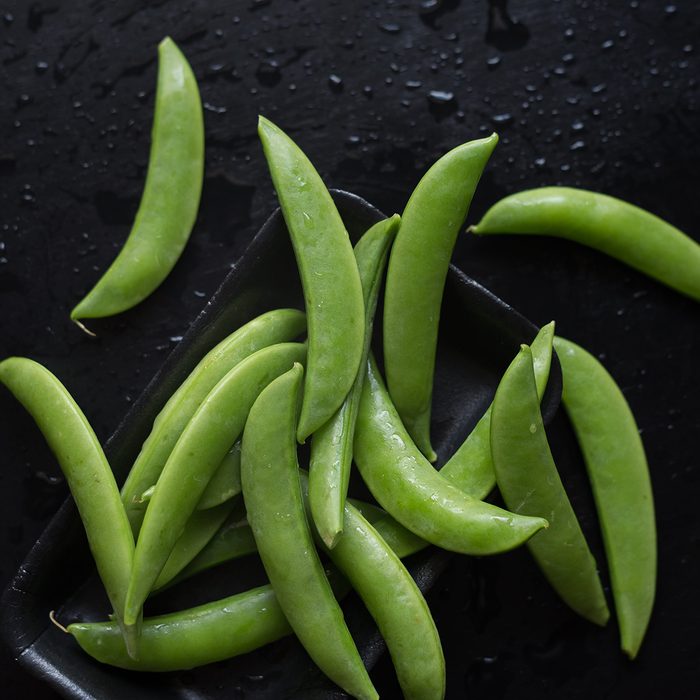
Garden Peas
Give peas a chance, and you’ll never have to choke down mushy canned peas again. The most common varieties grown are English peas (or shell peas) with an inedible shell and snow and sugar snap peas that have an edible shell. Seeds can be planted as soon as the soil is workable, and they’ll be fine if late snow falls on them.
Pro tip: Provide some string on garden stakes or a trellis for support and for them to climb on. Flowering will stop as temperatures warm, suggests Conrad.
Harvest time: 60 to 70 days
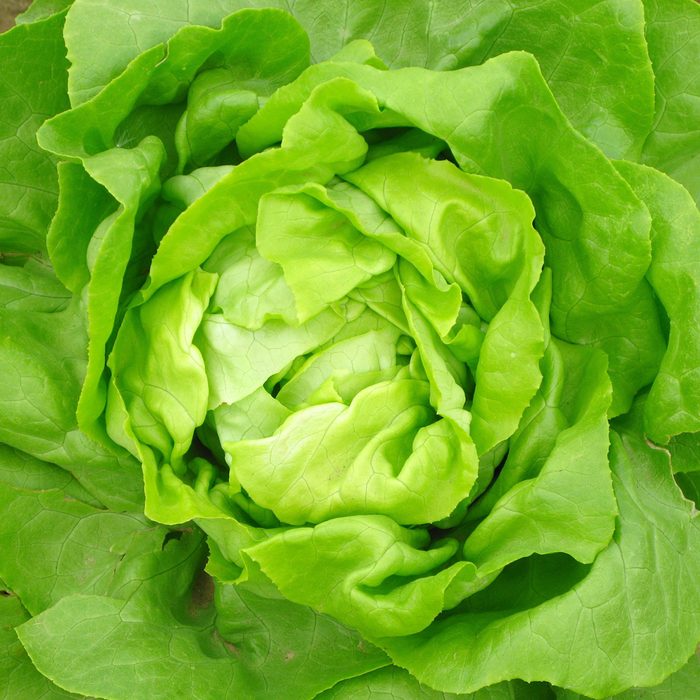
Lettuce
You can grow enough lettuce to rival Olive Garden’s unlimited salad bowl and that salad doesn’t get any fresher when you pick a variety of greens from your own garden. Loose-leaf lettuce, Bibb, Boston, Butterhead, Romaine, are easy to grow and highly productive. Consider a variety like the old-fashioned Oak Leaf Lettuce that can be grown all summer long and won’t bolt (meaning the plant goes to seeds), says Conrad.
Pro tip: “Plant as soon as the ground can be worked,” Conrad says. “Sow on the surface—very lightly scratch into the surface of the soil and don’t bury it.” Late spring shade will extend the season.
Harvest time: 30 to 50 days, depending on the variety.
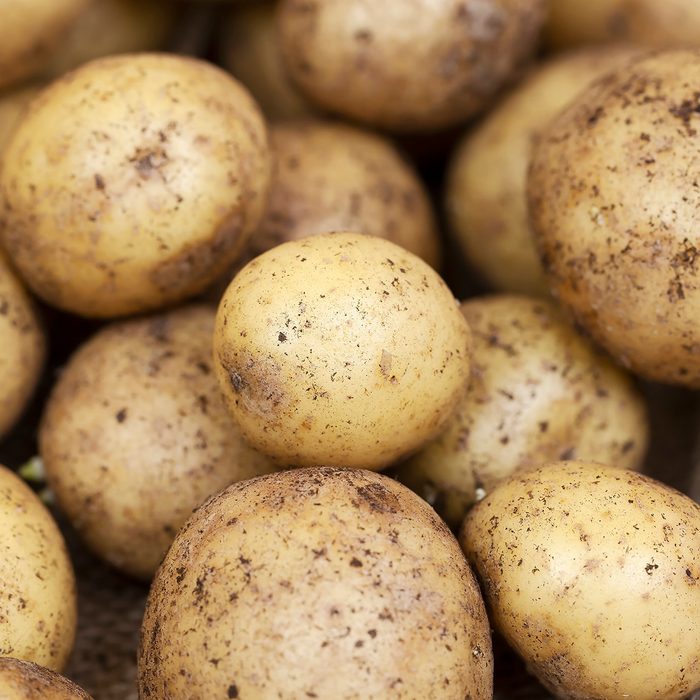
Potatoes
Don’t toss out the aging potatoes with “eyes” on them. Those little stems are called “eyes” and will grow new potatoes from the potatoes still sitting in the potato bin. Cut potatoes into chunks and make sure each chunk has an eye on it. Let them dry out for a couple of days to prevent dry rot. Plant them in buckets or garden bags for a new crop. It’s possible to get a crop but keep in mind that potatoes from the grocery store were treated with sprout inhibitors so that might hinder new growth. Spud lovers will enjoy these potato recipes.
Pro tip: For best results, buy “seed potatoes” from a garden center or online source, says Conrad.
Harvest time: Three to four months
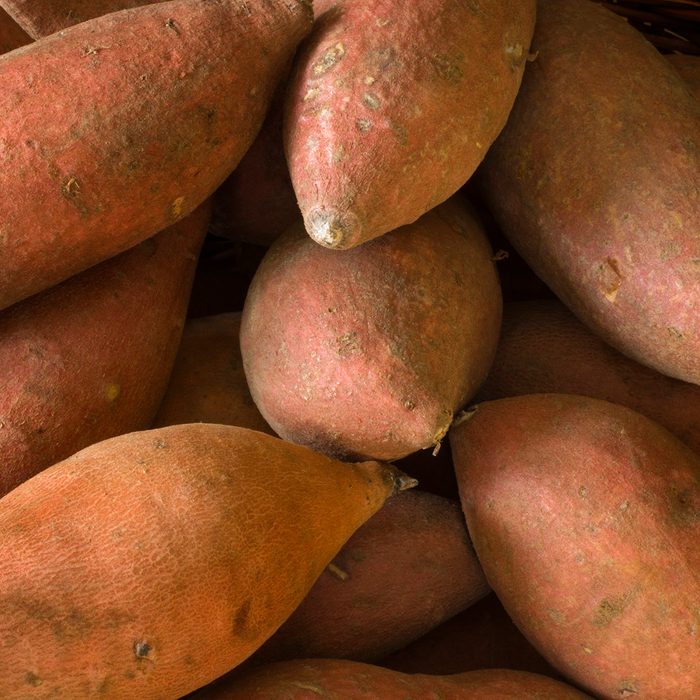
Sweet Potatoes
How sweet is this? Take a sweet potato from your own stash and grow more to eat in the fall. “Place an organic sweet potato in water or partially planted in the soil so that the ends stick out. Each of these ‘slips’ (tiny vines shoots) can be planted for a huge crop of sweet potatoes in the fall,” Conrad says.
Pro tip: “Keep the potato wet and when new sprouts are about 4 to 6 inches long, break them off of the tuber and place in water until they also grow their own roots,” Conrad says. Next, plant them in raised mounds, cover the roots, and one-half inch of the stem with dirt.
Harvest time: Three to four months
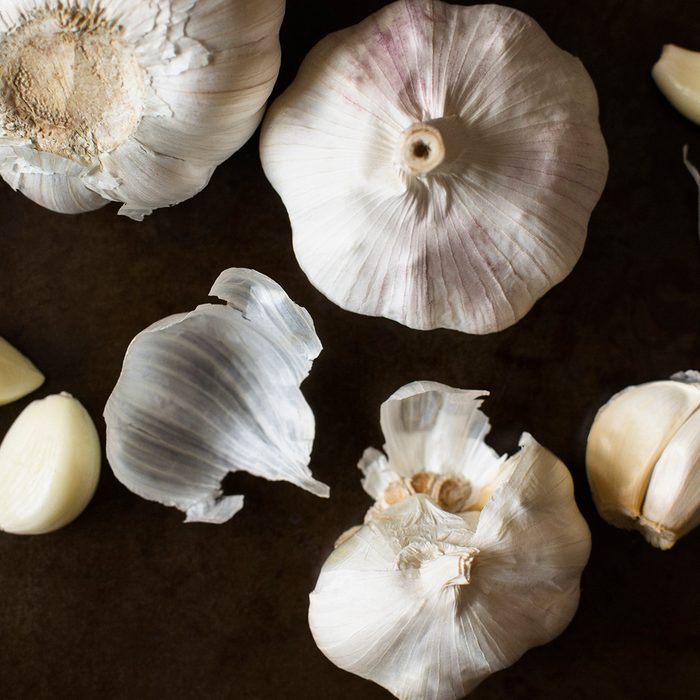
Garlic
Garlic doesn’t grow quickly, but you don’t need to buy seeds, so that’s a bonus. Garlic is a staple you don’t want to be without. It flavors so many foods, and while it’s growing, the aroma repels mosquitos. “Buy an entire garlic bulb from an organic market, break it into cloves and plant each clove about 6 inches apart and just barely below the surface,” advises Conrad. Bonus: Learn how to roast garlic here.
Pro tip: “Plant a spring crop to harvest in the fall or a fall crop to harvest in the springtime,” suggests Conrad.
Harvest time: Eight to nine months.
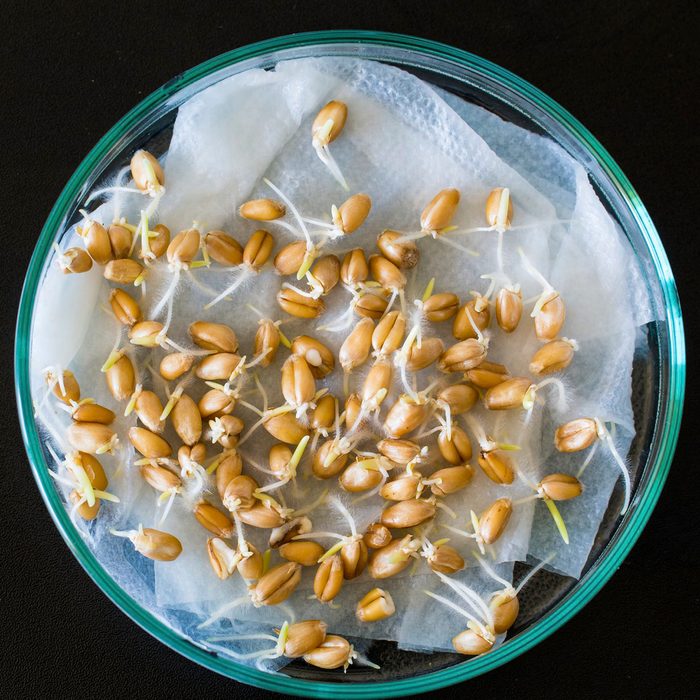
Bonus: Speed up germination
You’ll speed up harvest time—and feel a sense of accomplishment when you germinate seeds indoors. Heather Ridenour, Master Gardener with Green Our Planet, suggests: Placing the seeds in a wet paper towel, then fold the towel in half and place it in a plastic baggie or take out container. Store it above the refrigerator or in a cabinet for 24 hours. “Your seeds should have sprouted and be ready to plant,” Ridenour says.
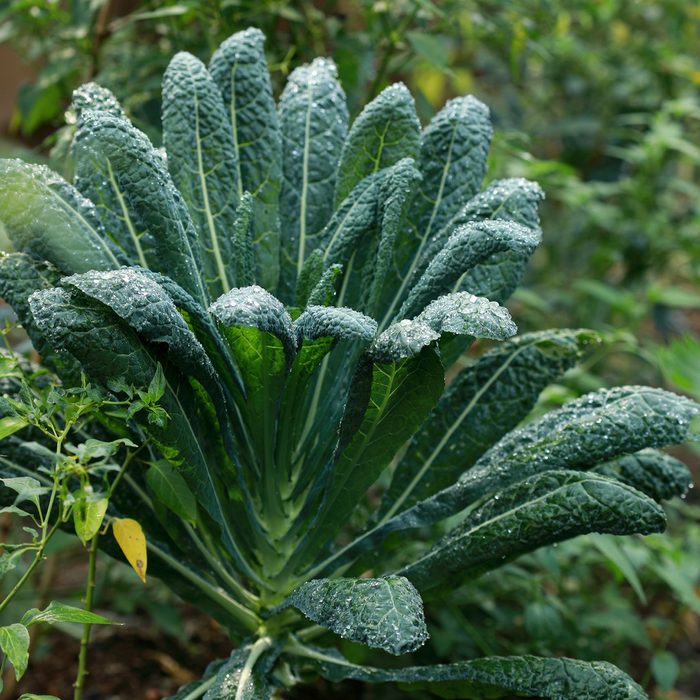
Bonus: Grow veggies that keep on giving
“Cut and come again,” is the term Master Gardeners use to describe the veggies—such as leafy greens which include all kale, lettuce, and spinach varieties as well as chard, celery, asparagus—that keep producing all season long when you give them a trim. Just cut the older leaves of the vegetable and allow the new growth from the center of the plant to mature. Once it’s mature, cut it and wait for new growth. “Most herbs are cut and come again too, such as cilantro, basil, parsley, chamomile, mint, fennel, dill, etc.,” says Ridenour.
